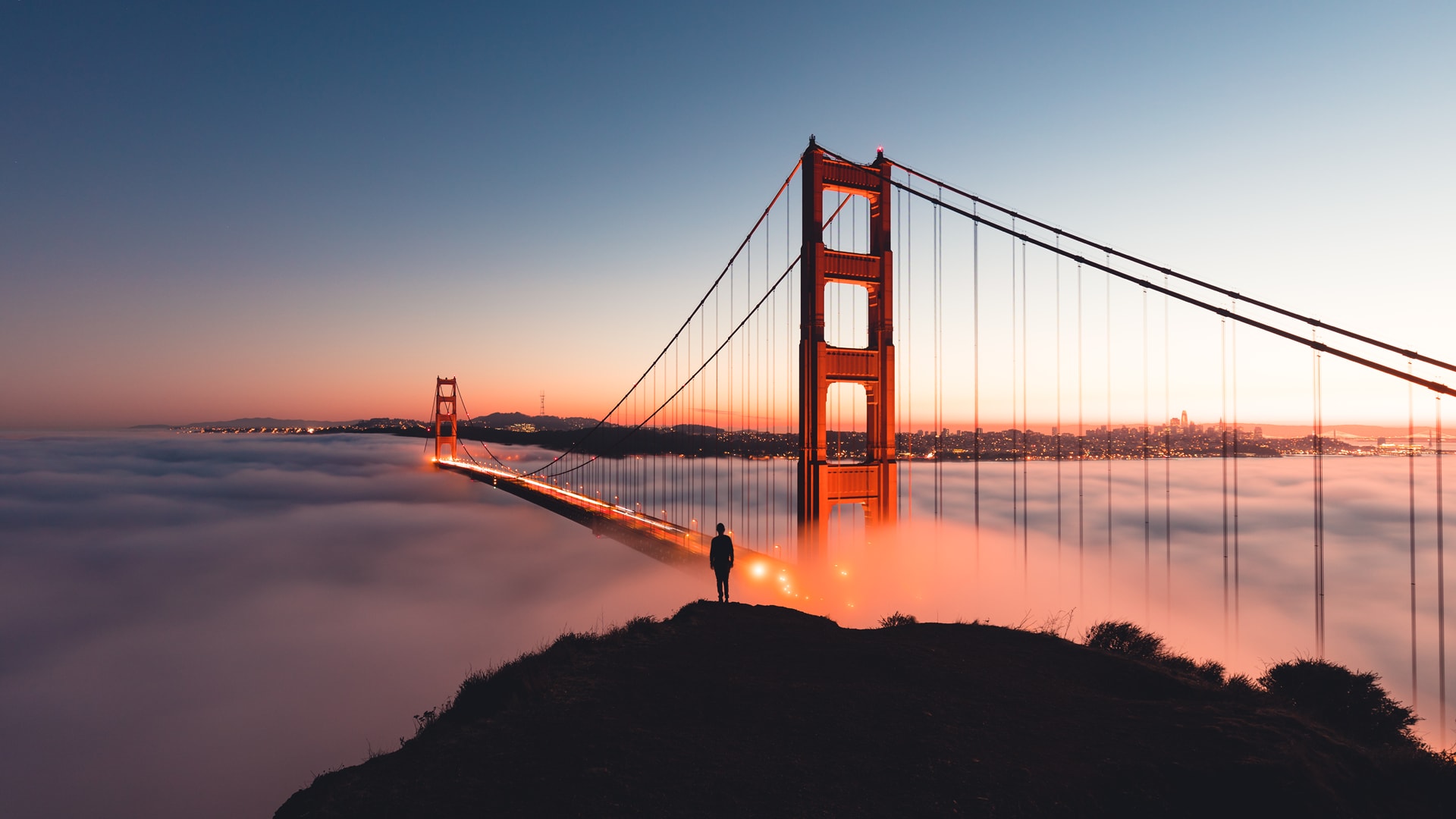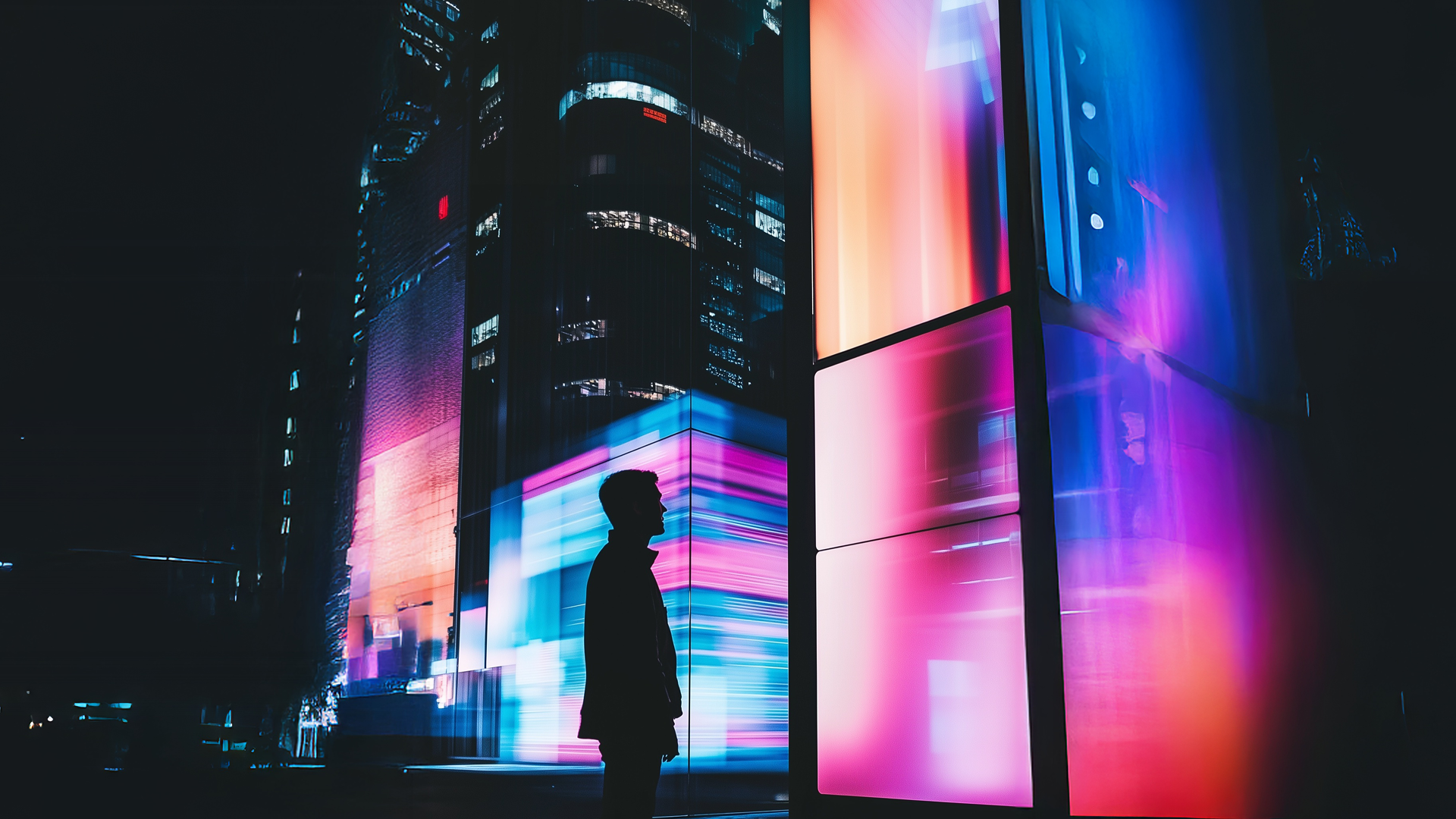In 20 years San Francisco is going to look very different, thanks to these mega projects

Mission Bay is one of seven mega-projects set to transform San Francisco.
Image: REUTERS/File Photo
Stay up to date:
Long-Term Investing, Infrastructure and Development
In coming years, San Francisco's Mission Bay neighborhood will look vastly different than it does today.
Once made up of industrial warehouses and shipyards, the 303-acre waterfront area started redeveloping in the late 1990s — adding thousands of new housing units, public plazas, a state-of-the-art medical center, and 580,000 square feet of office space. And in 2019, the Chase Center, an 18,000-seat arena, will open along with a nearby new subway stop and 100,000 square feet of retail space. It's a long-term redevelopment project for the city, and is expected to last at least two more decades.
Mission Bay is not the only mega-project set to transform San Francisco, however.
Here is a look at some of the most substantial projects to come to California's tech hub.
The 5M Development — $1 billion

Comprised of three towers, the 5M development will cover four acres between 5th, Mission, and Howard streets in downtown San Francisco.
Developers say 241 of its 688 housing units will be offered below-market-rates. It will also add 807,600 square feet of office space, 50,000 square feet of public space, and 35,000 square feet of retail like restaurants and shops.
Construction was slated to begin in late 2016, but in January 2016, two months after San Francisco approved the project, local activists sued the city over it. According to Curbed, they claimed that the 5M Environmental Impact Report did not show how much the project could increase the city's traffic, generate shade on city parks, and lower the amount of open space.
The lawsuit was denied in early 2017, and an appeal was recently filed. (Though, as the San Francisco Business Times notes, it's not clear if the suit will proceed.) Developers Forest City say that construction will start in 2018 (though no exact timeline has been announced).
The Business Times pegs 5M's cost anywhere from $700 million to $1 billion.
The Mission Bay Redevelopment — At least $1 billion

The 303-acre, redeveloped Mission Bay neighborhood will feature thousands of new housing units, office, parks, and retail shops in the coming decades.
Located between the San Francisco Bay and Interstate 280, the site's redevelopment was approved in 1998. The masterplan includes 4.4 million square feet of office and lab space, a new UCSF research campus and medical center, 419,000 square feet of retail space, a 250-room hotel, 41 acres of public space, a 500-student public school, a public library, a fire and police station, a light rail stop, and 6,404 housing units (with about 30% of them designated as affordable).
Some of these components have been built, and Mission Bay already looks much different than it did a decade ago.
In 2019, an 18,000-seat arena, which will become the home of the San Francisco Warriors and cost approximately $1 billion, will open. In March 2017, Uber bought space there.
There's no exact timeline for the multi-decade project, but construction on several residential buildings began in January 2017.
Parkmerced — $1.35 billion

Over 5,679 new housing units will stretch across 152 acres when Parkmerced is complete around 2035. While the developers say the masterplan may evolve, it currently includes 230,000 square feet of retail, 80,000 square feet of office space, and 60,000 square feet of public space as well.
Located in the southwestern San Francisco, Parkmerced's first phase — expected to wrap up by 2022 — includes five residential complexes that will add 1,000 housing units. Construction of the $1.35 billion development is expected to start soon, though developers still need a number of building permits.
Mission Rock — $1.6 billion

Owned by the San Francisco Giants, the Mission Rock development is proposed to span 28 acres and prioritize outdoor public space. The site could include 1.4 million square feet of office and commercial space, 1,500 units of rental housing, a brewery, and 8 acres of new and redeveloped park space with shops and cafés.
Construction of Mission Rock is set to start in 2019 and will reportedly cost $1.6 billion.
Transbay Redevelopment Area — At least $2.4 billion

A new transportation hub will serve as the centerpiece for the Transbay Redevelopment Area, a project set to stretch across 40 acres of northeast of downtown San Francisco. The five-level transit center — which will include a 5.4-acre public park on its roof — broke ground in 2013. It's set to be complete by fall 2017.
Plans for the site's $4.5 billion redevelopment began in 2005, when the city started raising several building height limits to make way for the project. Developers envision 2,500 new homes, 3 million square feet of office and commercial space, and 100,000 square feet of retail across at least three towers.
Also included in the plan, the 1,070-foot-tall Salesforce office tower (set to open in 2018) is the tallest skyscraper in San Francisco.
The entire project should be complete around 2030, according to the city. Though developers have declined to comment on the development's total price, the Transbay Transit Center is expected to cost $2.4 billion (which won't include the annual $20 million cost to run it).
Treasure Island Redevelopment — $6 billion

Located over 45 acres on San Francisco Treasure Island’s western shoreline and the 80-acre Yerba Buena Island, this project will add around 8,000 housing units by 2030.
The waterfront redevelopment will also feature a new ferry terminal, 140,000 square feet of retail, 300 acres of parks and other open spaces, and 100,000 square feet of office space.
Critics of the new Treasure Island, however, have expressed concerns over the traffic the $6 billion development may bring over the already traffic-clogged Bay Bridge. Despite this, plans for the island are coming along, and it's set to be complete by 2028.
San Francisco Shipyard and Candlestick Redevelopment — $8 billion

Redevelopment of the San Francisco Shipyard and Candlestick neighborhoods began in 1999, when the city chose Lennar Urban as the master developer.
Though the projects are near each other, they are located in two different waterfront spots, south of downtown San Francisco.
The company's plan is to transform the areas near Candlestick Park and the polluted former naval base into new housing developments. Spanning 775 acres, the entire redevelopment will cost $8 billion and add 12,100 housing units — nearly a third of which will be offered below-market-value. In addition, the SF Shipyard and Candlestick sites will feature 4.3 million square feet of office space and 350 acres of public space at full build-out.
As of April 2016, there are more than 200 residents living in five of the new Shipyard buildings, with more to come. About 6,000 housing units will be complete there by 2028, according to the San Francisco Business Journal.
Set to begin in some time in 2017, construction of the Candlestick's first phase will include over 2,200 residential units, nine acres of parks, and over a million square feet of commercial space. An exact timeline for the five-phase development has not been announced, though Lennar has said it expects construction to "take decades."
Don't miss any update on this topic
Create a free account and access your personalized content collection with our latest publications and analyses.
License and Republishing
World Economic Forum articles may be republished in accordance with the Creative Commons Attribution-NonCommercial-NoDerivatives 4.0 International Public License, and in accordance with our Terms of Use.
The views expressed in this article are those of the author alone and not the World Economic Forum.
Forum Stories newsletter
Bringing you weekly curated insights and analysis on the global issues that matter.
More on Urban TransformationSee all
Luis Antonio Ramirez Garcia
April 24, 2025
Shahid Ahmed
April 23, 2025
Vijay Sankaran
April 22, 2025
Andrew Collinge and Katie Adnams
April 11, 2025






